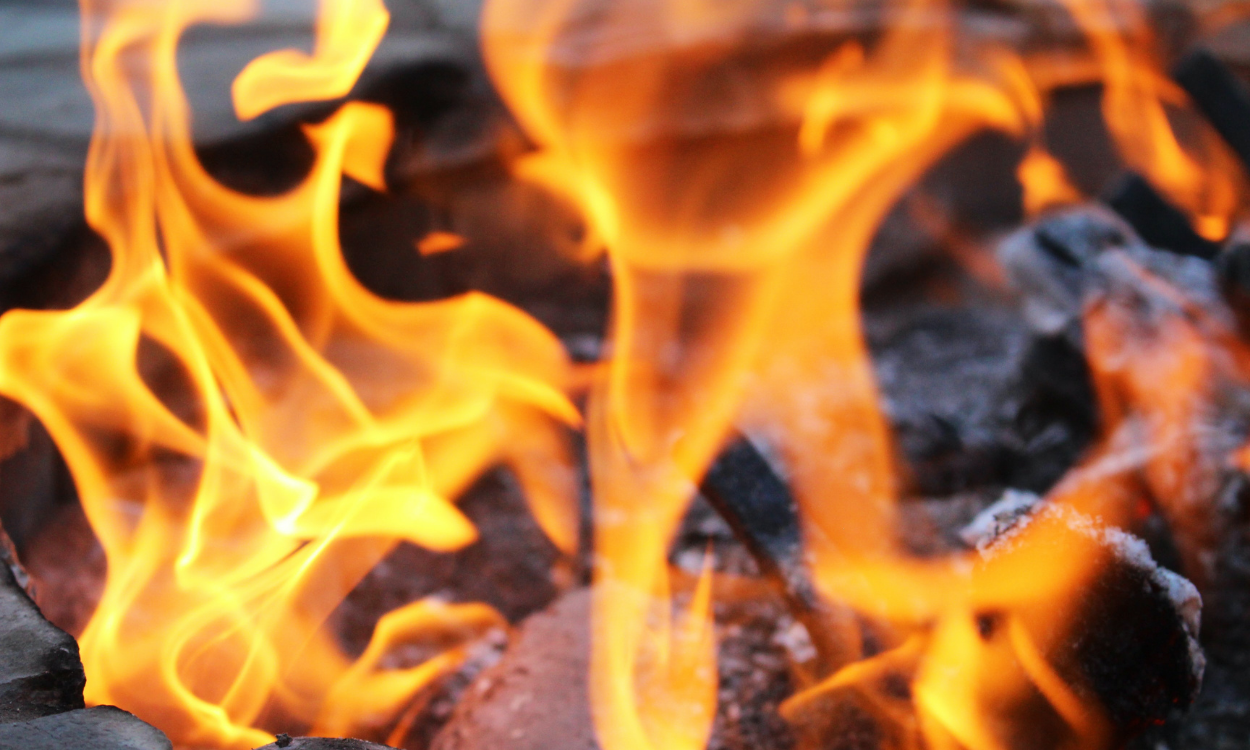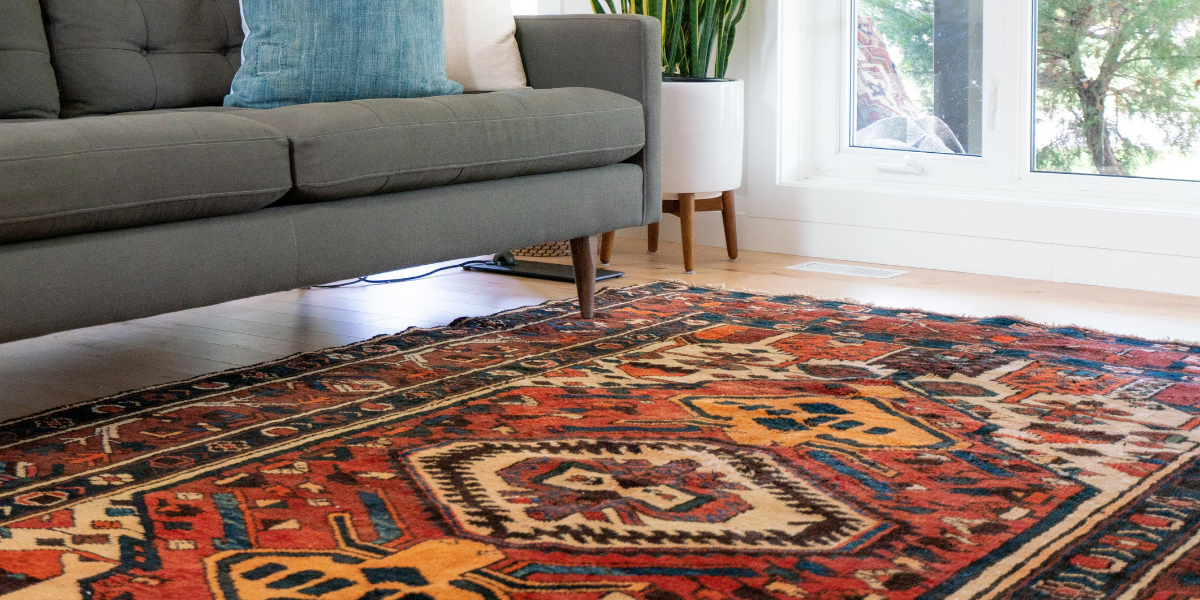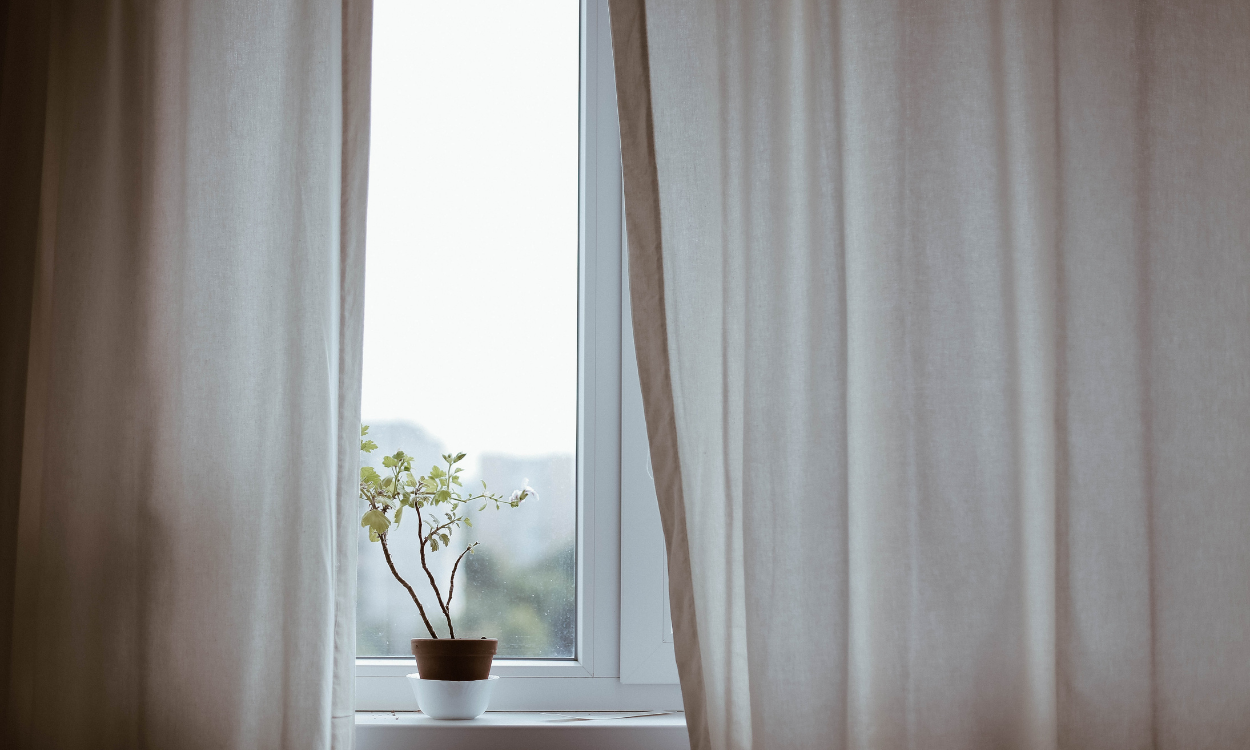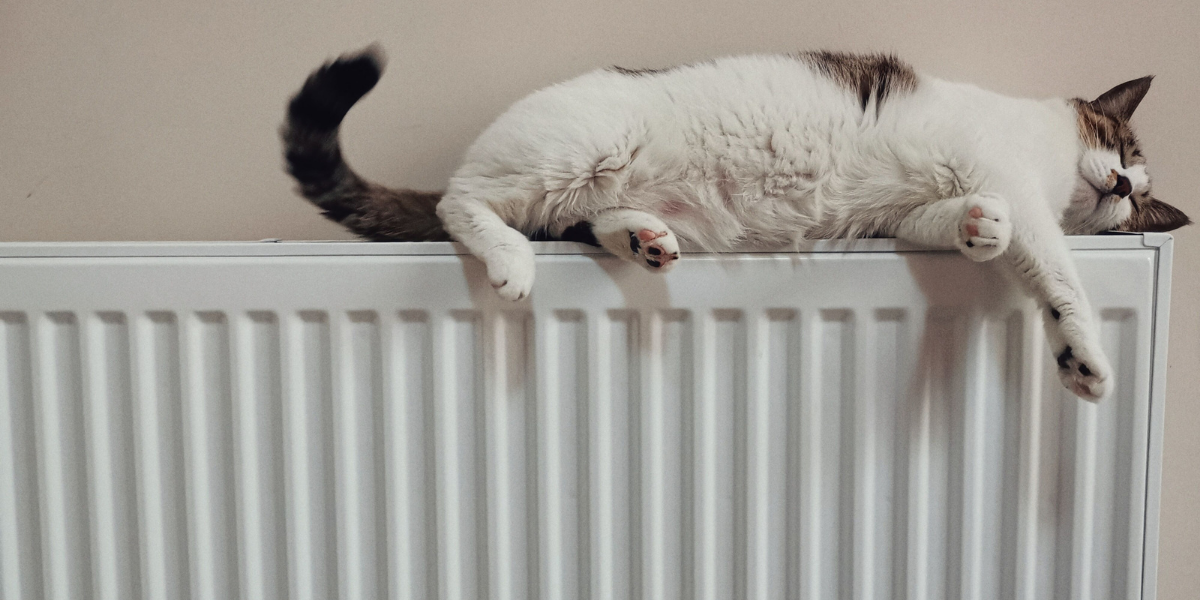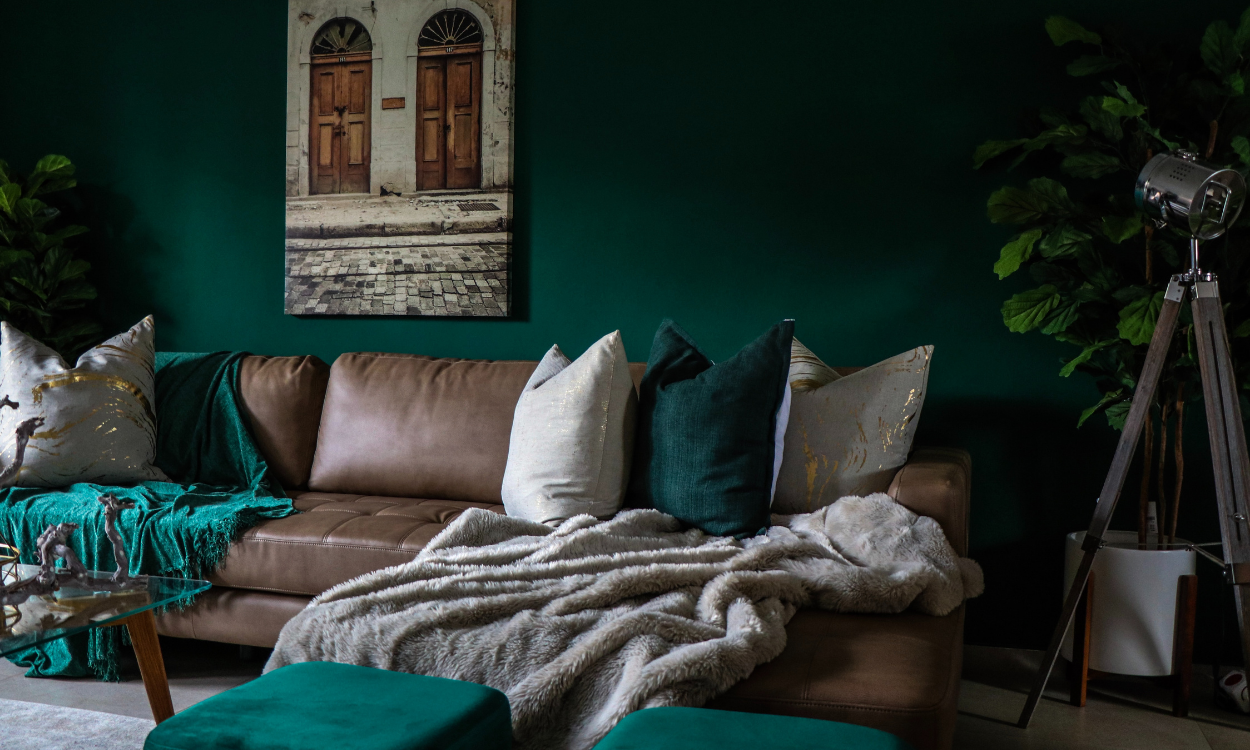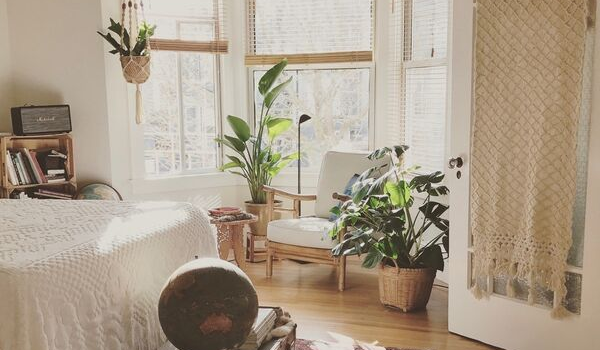Every season has its merits, even winter! However we wouldn’t be the first to complain about the problems this season brings with it, from wet shoes and frozen pipes to dark nights and high heating bills. And with the latter, there’s a lurking sense of concern that there’s a more eco-friendly way you could be heating your home.
Thankfully, we’re here to help, with our top eco-friendly tricks to heat your rental home to keep you snug all winter long.
Traditional heating methods
We’ve come a long way from an open fire in the main room of the home being the only source of heating, but unfortunately the energy we need to heat our homes often will still come from burning natural gas, oil and coal. There are a whole host of impacts that burning these resources has on the environment and our own health, which is why we should all be making steps to move away from these methods of home heating and towards more sustainable options.
When you’re renting your home there isn’t much you can do about the existing heating system, but you can make sure that the utilities providers that you are set up with are green. There are a number of energy comparison sites that will help you filter the available options by ‘green tariffs’ – this means you will only use energy that is environmentally sound. If you don’t organise your utilities you could ask your landlord or property management company if they would be willing to switch to a greener option.
In addition, you could also request that there be energy efficient lightbulbs used in the property, smart meters and more. But what about stuff you can personally change? Well, thankfully there’s actually quite a lot of things you can do to heat your home whilst remaining green!
Work from the ground up
Rental properties will usually have hard-wearing flooring that won’t need replacing every year and can withstand spillages. Because of its durable nature this type of flooring doesn’t tend to be the most cushiony underfoot, meaning it’s also not the most insulating.
Make your home cosier and warmer by adding a rug or two in areas that aren’t high traffic. The living room and your bedroom will most definitely benefit from this addition and it also means you’ll be able to lounge on the floor, if you weren’t able to previously.
Keep an eye on those gaps
Cold air will get in wherever it can so make sure you’re paying attention to to entry points to your home and the various rooms in the house, so that you can work to mitigate cold draughts racing through. Draught excluders are relatively cheap to buy and come in different lengths to suit your needs. However, if your budget doesn’t stretch to buying these then you can always use a thick towel to bridge the gaps between doors and floors. Make sure to not leave it there permanently however, as it will likely affect ventilation in your home in the long-term.
Dress your windows
If you’re renting a furnished property you won’t need to worry about window coverings, but you can always add to what’s already there to increase the thermal efficacy of your home. The first thing to do is to draw the curtains and blinds as soon as the sun goes down and open them when the sun is out.
Drawing them stops your house from losing heat in the evenings and opening them in the day allows the natural warmth of the sun to heat your home. If you’re able to, then invest in some thermal blinds or curtains, which will work even harder to maximise the amount of heat your home retains from the sun.
Avoid your radiators
It can be tempting to cosy right up to a radiator when you’re feeling chilly, but covering up your radiators will mean the heat can’t move around your home properly. In the same vein, make sure furniture isn’t pressed up against radiators in the home, or that you’re not hanging items over them; this will all work against you and stop the heat from being able to circulate.
To further increase the heat coming from your radiators check you should check whether they are warm all over. If they aren’t it could be that they’re in need of bleeding. Another thing you can do is to add foil to the wall behind the radiator, which will help to reflect heat back into the room and away from that external wall.
Add extra layers of comfort
The purpose of a blanket is to keep us warm, as well as acting as nice decorative furnishings for the home. Maximise the cosy factor in your communal spaces by adding blankets to your sofa and armchairs, so that no one feels the chill when they’re trying to unwind.
Leave the oven door open
This might seem a little strange but ovens have to get up to seriously high temperatures in order to cook food properly. Once the food is done, the oven has to then cool itself down, usually by using fans. Cut this step out altogether and let that heat into your home by opening the door to remove your food and simply leaving it open! All that heat will escape into your home, instead of being fanned away.
Embrace the season
And by embrace the season we mean; embrace wearing extra layers, carrying a hot water bottle around with you, drinking copious hot drinks and fluffy socks. If there was ever a time to wear your cosiest clothes and a blanket as a cape then it’s winter! We’ll be doing exactly the same. We hope these eco-friendly tricks to heat your rental home have helped. For more information on renting take a look at our other blog posts on the subject.


